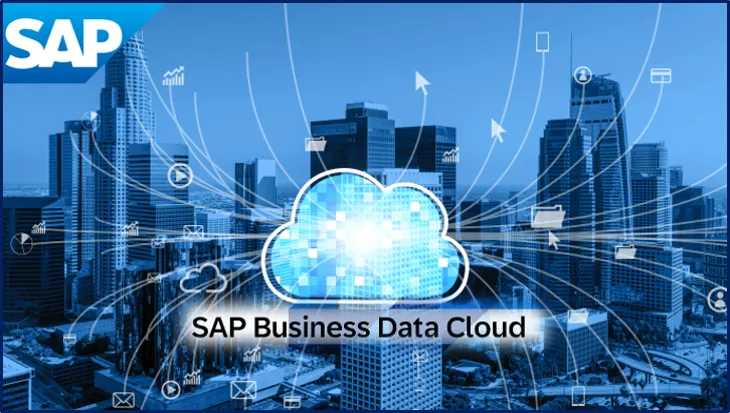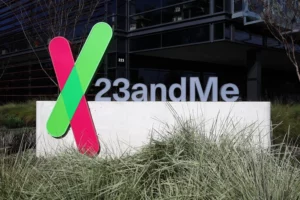
What SAP’s Business Data Cloud Means for Enterprises
SAP’s introduction of its Business Data Cloud (BDC) has significant implications for enterprises. As a managed cloud service, BDC offers AI-driven analytics, governance, and operational efficiencies, delivering real-time insights across finance, supply chain, HR, and customer experience. The integration with Databricks further enhances SAP’s ability to provide a comprehensive data management solution.
However, potential customers should be aware of several challenges. Firstly, the lack of support for on-premises strategies may limit BDC’s appeal for organizations committed to maintaining an on-premises infrastructure. Moreover, companies that have developed their own data semantics or rely on third-party technologies might not find substantial benefits in SAP’s predefined content.
While I believe the Databricks partnership is beneficial for both parties and customers, concerns regarding long-term interoperability arise if Databricks were to be acquired by an SAP competitor. The platform’s bundled approach could also lead to vendor lock-in, making it difficult to replace individual components or integrate non-SAP services. Additionally, pricing concerns exist for SAP Business Warehouse customers, which has been partially addressed by the company.
It is crucial for enterprises considering SAP’s BDC to evaluate their existing infrastructure and data strategy before committing. Organizations should assess the potential benefits against the added cost and complexity of integrating with Databricks.
Alternative solutions are available in the market, offering varying levels of integration complexity. Options include Oracle as a single-vendor solution, cloud-based platforms like Snowflake, Google BigQuery, and Amazon Redshift; analytics platforms such as Azure Synapse Analytics; open-source and specialized solutions including Dremio, Teradata, and Cloudera Data Warehouse; and enterprise solutions like IBM Db2, Oracle EPM, and Microsoft SQL Server.
The choice of solution ultimately depends on scalability needs, AI integration requirements, analytics capabilities, and long-term strategic alignment. Each option has its strengths and limitations, and the best fit will vary depending on the organization’s context and goals.
In conclusion, SAP’s BDC is an important step in modernizing data management while leveraging AI-powered automation. While it presents challenges, particularly for those with on-premises commitments or pre-existing architectures, organizations committed to the SAP ecosystem should evaluate its potential benefits against the added cost and complexity of integrating with Databricks.
As a neutral third-party research and analyst firm, I believe that BDC can be an important opportunity for enterprises to improve their data management capabilities while leveraging AI-driven insights.
Source: https://www.forbes.com/sites/moorinsights/2025/04/09/what-saps-business-data-cloud-means-for-enterprises/


